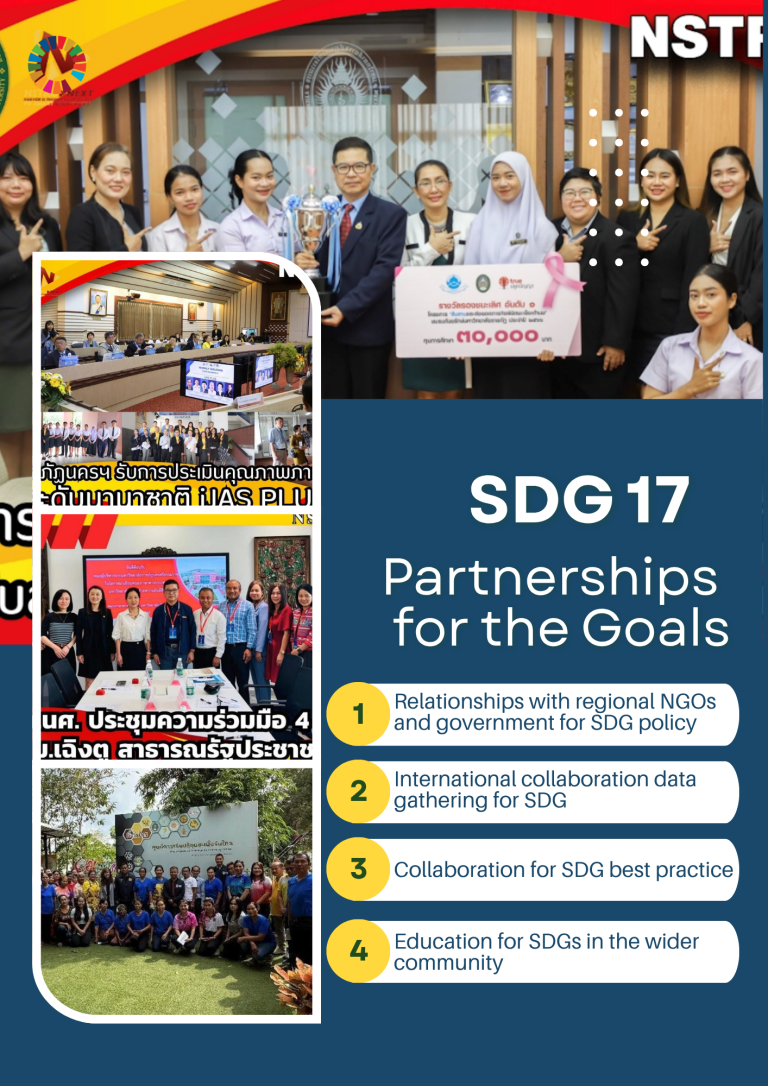

To evaluate students’ ability to learn and retain key sustainability concepts, I use a mix of assessments that focus on both understanding and application. Formative assessments like quizzes and discussions provide real-time insights into comprehension, allowing for adjustments as needed. Project-Based Learning (PBL) tasks, such as designing sustainable solutions for local issues, demonstrate students’ practical grasp of concepts. Case studies and reflection journals encourage deeper processing, as students connect theory with real-world issues. Capstone projects and cumulative exams help assess long-term retention and synthesis of knowledge. Finally, peer and self-assessments promote metacognitive awareness, as students reflect on their learning journey. This blend of methods ensures a comprehensive view of their learning and retention of key sustainability principles.
Evaluating students’ ability to learn and retain key sustainability concepts requires a combination of assessment strategies that reflect both understanding and application. Here are some effective approaches:
- Formative Assessments: As fundamental sustainability concepts are presented, students’ understanding of them is gauged through frequent, low-stakes tests such as quizzes, reflections, and conversations. By using these tests, teachers can address any understanding gaps and modify their lectures in response to immediate feedback.
- Project-Based Learning (PBL): Students learn sustainability ideas most effectively when they are able to apply them to actual situations. Students learn ideas and gain practical experience by working on projects like creating sustainable solutions for neighborhood problems or performing environmental impact assessments. Students’ level of internalization of the subject is demonstrated by evaluating these projects using standards such as inventiveness, viability, and comprehension of sustainable principles.
- Case Studies and Critical Analysis: Students are encouraged to examine and debate intricate real-world situations by using case studies that illustrate sustainability issues. Teachers can determine how effectively students have retained important topics by evaluating their critical thinking abilities and their capacity to draw connections between theory and practice.
- Reflection Journals: Students are better able to process knowledge when they are encouraged to keep journals in which they consider what they have learned about sustainability. Teachers might gain insight into students’ changing viewpoints and their understanding of the long-term effects of sustainability issues by reviewing these journals.
- Capstone or Cumulative Assessments: Capstone projects or cumulative tests that ask students to synthesize and apply what they have learned are very successful at assessing retention over time. These evaluations could take the form of portfolios, reports, or presentations that highlight students’ thorough comprehension and capacity to remember important ideas over the course of a term or year.
- Peer and Self-Assessment: Group projects are frequently a part of sustainability education. Integrating peer and self-assessment allows students to evaluate their own learning and analyze their level of comprehension in comparison to their peers. As students actively assess their own comprehension, this metacognitive method improves retention.
Combining these approaches offers a comprehensive understanding of how students learn and retain sustainability concepts, promoting both knowledge acquisition and the capacity to use that information in significant ways.

